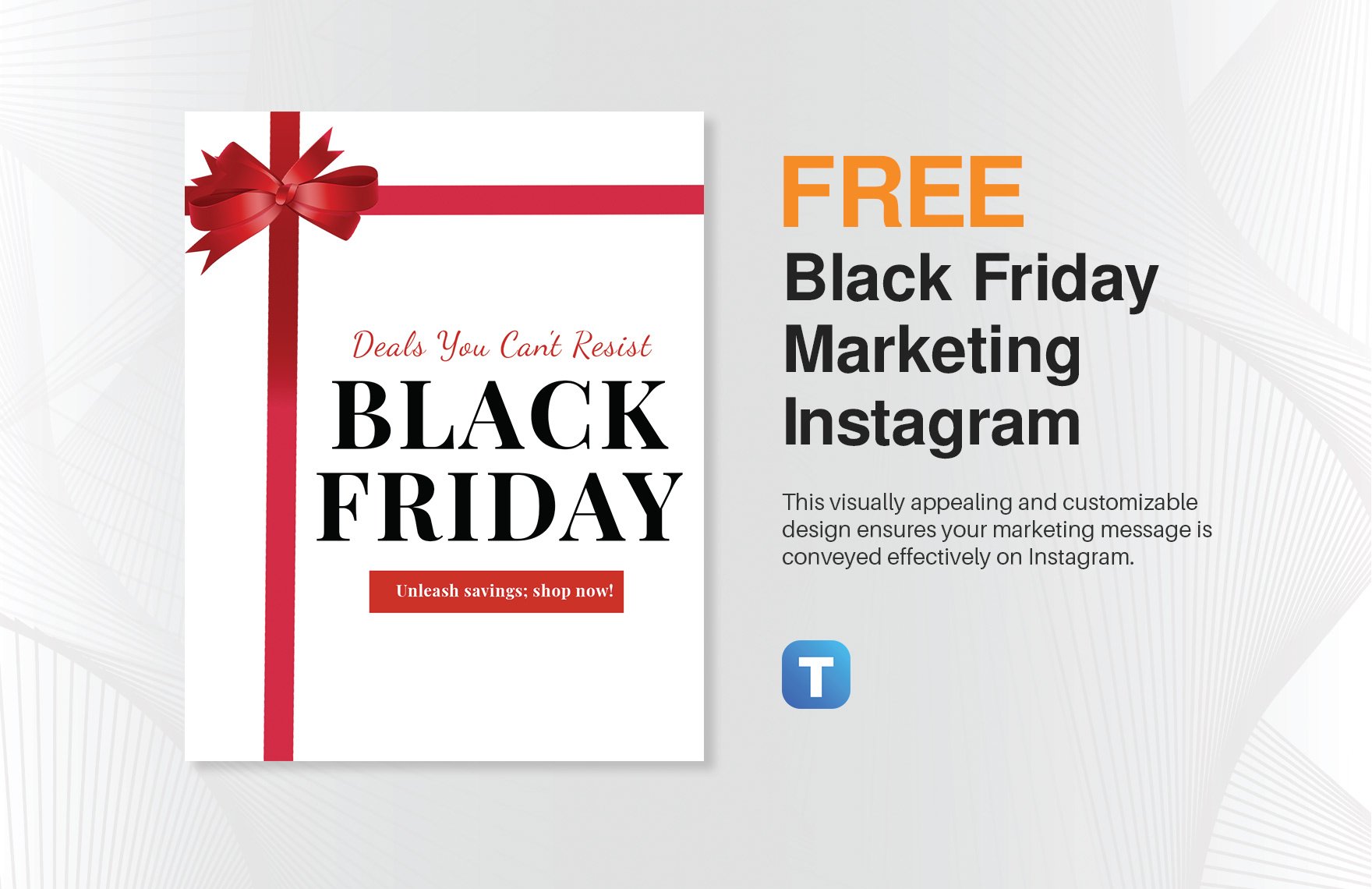Advertising Online Customer Journey Mapping
I. Introduction
Understanding and optimizing the customer journey is paramount to [Your Company Name]’s success. This document outlines the process of creating a comprehensive Advertising Online Customer Journey Map, guiding our efforts to effectively engage and convert our target audience.
II. Define Objectives and Goals
Our objective is to establish a strong online presence, increase brand recognition, and drive sustainable revenue growth through online advertising efforts. To achieve these objectives, we've set specific and measurable goals for each stage:
A. Clarify Campaign Objectives
1. Increase Brand Awareness: Elevate the visibility of our eco-friendly products by achieving a [30%] growth in overall brand mentions and a [25%] increase in social media followers.
2. Drive Customer Engagement: Foster active engagement with our content, aiming for a [15%] rise in social media interactions and a [20%] increase in email open rates.
3. Boost Conversions: Drive conversions through targeted online advertising, aiming for a 10% lift in overall conversion rates and a [12%] growth in online sales.
B. Set measurable goals for each stage of the customer journey
1. Awareness Stage: Achieve a [20%] increase in ad impressions and a [2.5%] CTR through targeted display and social media advertising.
2. Interest Stage: Increase average session duration by [20%] and boost engagement metrics by [10%] through compelling retargeting strategies and interactive content.
3. Consideration Stage: Attain a [15%] growth in form submissions and a [25%] rise in product page views by implementing personalized email campaigns and informative content.
4. Intent Stage: Optimize conversion processes to achieve a [12%] increase in completed transactions and a [10%] rise in filled forms.
5. Purchase Stage: Enhance post-conversion communication, aiming for a 5% increase in repeat purchases and a [10%] growth in average order value.
6. Retention Stage: Implement customer loyalty programs and gather feedback through surveys, targeting a [15%] increase in customer lifetime value and a customer satisfaction score of [4.5 out of 5].
7. Advocacy Stage: Introduce referral programs and encourage social media sharing, aiming for a [10%] increase in referral conversions and a [20%] rise in social media mentions.
III. Identify Target Audience
Our target audience comprises environmentally conscious millennials aged 25-34 who actively seek sustainable products. To create a more nuanced understanding:
Define buyer personas
A. Persona 1: Eco-Conscious Explorers
Age: | 25-29 |
Values: | Sustainability, exploration, and unique experiences |
Online Behavior: | Active on Instagram and TikTok |
B. Persona 2: Green Tech Enthusiasts
Age: | 30-34 |
Values: | Technological innovation, eco-friendly solutions |
Online Behavior: | Regularly reads industry blogs, follows technology forums, and actively participates in online communities |
C. Persona 3: Sustainable Lifestyle Advocates
Age: | 25-34 |
Values: | Sustainable living, ethical consumption |
Online Behavior: | Actively seeks eco-friendly products, engages with lifestyle influencers promoting sustainable choices |
D. Understand demographics, behaviors, and preferences
1. Demographics: Majority are urban dwellers with higher education, disposable income, and a preference for online shopping.
2. Behaviors: Actively researches and reads product reviews, participates in online forums, and values authenticity and transparency.
3. Preferences: Prefers brands that align with their environmental values, looks for products with certifications indicating sustainability, and appreciates personalized content that educates and inspires.
IV. Awareness
A. Advertising Channels
1. Display Ads: Utilize visually compelling banners promoting our eco-friendly products, strategically placing them on high-traffic websites and partnering with environmentally conscious publishers. Incorporate eye-catching graphics and concise ad copy highlighting our brand's commitment to sustainability.
2. Social Media Ads: Leverage platforms like Instagram and Facebook to showcase our brand's values. Utilize engaging video content, carousel ads, and interactive features to create an immersive experience for users. Implement influencer partnerships with eco-conscious individuals to extend our reach.
B. Key Touchpoints
1. Impressions: Aim for a minimum of [500,000] monthly impressions by diversifying ad placements and optimizing targeting parameters to reach our core demographic.
2. Clicks: Target a CTR of [2.5%] by A/B testing ad creatives, headlines, and calls-to-action. Implementing compelling ad extensions can also enhance click-through rates.
C. Content Strategy
1. Ad Copy: Craft ad copy that not only emphasizes sustainability but also communicates the unique features and benefits of our products. Experiment with messaging styles to resonate with different audience segments.
2. Visuals/Graphics: Use high-quality images showcasing our products in eco-friendly settings, reinforcing the connection between our brand and an environmentally conscious lifestyle. Test different visual elements to identify the most effective imagery.
V. Interest
A. Retargeting Strategies
Implement personalized email campaigns based on user interactions. Utilize dynamic content that showcases products the customer has previously viewed, offering exclusive discounts to encourage purchase completion. Leverage social media retargeting with engaging visuals to maintain brand presence and rekindle interest.
B. Engagement Metrics
1. Click-Through Rate (CTR): Monitor for a [10%] increase by continuously refining ad creatives, testing different ad formats, and adjusting targeting parameters to focus on high-engagement audience segments.
2. Time Spent on Site: Target a [20%] boost in average session duration by creating engaging landing pages, incorporating interactive elements, and providing valuable content that aligns with the customer's interests.
C. Content Strategy
1. Educational Content: Publish blog posts and videos highlighting the environmental impact of our products. Dive into the manufacturing process, sourcing of materials, and share behind-the-scenes content to educate and build a connection with the audience.
2. Product Demonstrations: Create engaging content demonstrating product usage through tutorials, unboxing videos, and user-generated content. Encourage customers to share their own experiences with our products.
VI. Consideration
A. Retargeting and Remarketing
Implement personalized email campaigns based on user interactions. Utilize dynamic content that showcases products the customer has previously viewed, offering exclusive discounts to encourage purchase completion. Leverage social media retargeting with engaging visuals to maintain brand presence and rekindle interest.
B. Interaction Metrics
1. Form Submissions: Strive for a [15%] increase in sign-ups by optimizing lead capture forms for simplicity and offering an incentive such as a downloadable eco-friendly living guide.
2. Product Page Views: Target a [25%] rise through strategic content placement and the introduction of interactive elements like 360-degree product views.
C. Content Strategy
1. Customer Testimonials: Elevate credibility by featuring video testimonials from satisfied customers, emphasizing the positive impact of our products on their eco-conscious lifestyle.
2. Comparison Guides: Develop comprehensive guides highlighting the unique features and environmental benefits of our products in comparison to competitors, aiding potential customers in their decision-making process.
VII. Intent
A. Conversion Optimization
Optimize the checkout process for a seamless user experience. Implement a one-click checkout option, provide real-time shipping estimates, and ensure a secure payment gateway to minimize friction and increase conversion rates.
B. Conversion Metrics
1. Completed Transactions: Aim for a [12%] increase by offering limited-time promotions during peak shopping hours and utilizing urgency-inducing messaging.
2. Filled Forms: Target a [10%] rise by minimizing form fields, implementing autofill options, and reassuring users about the security of their information.
C. Content Strategy
1. Limited-time Offers: Create a sense of urgency through flash sales, exclusive bundles, and time-limited discounts, prominently displayed on the website and in retargeting ads.
2. Trust Signals: Enhance trustworthiness by prominently displaying security badges, customer testimonials, and transparent policies regarding returns and refunds.
VIII. Purchase
A. Post-Conversion Communication
1. Thank You Page: Express gratitude and provide order details. Include social sharing buttons to encourage customers to showcase their purchases and tag the brand.
2. Order Confirmation Emails: Personalize confirmation emails with additional product recommendations based on the customer's purchase history, fostering potential cross-sell opportunities.
B. Cross-Selling/Up-Selling Strategies
Implement product recommendations based on the customer's purchase history, offering complementary items and limited-time exclusive promotions to increase the average order value.
C. Metrics
1. Repeat Purchases: Aim for a [5%] increase by implementing a loyalty program and sending targeted email campaigns featuring personalized discounts on repeat purchases.
2. Average Order Value: Target a [10%] growth by strategically positioning upsell offers during the checkout process.
IX. Retention
A. Customer Loyalty Programs
Launch a tiered loyalty program offering exclusive discounts, early access to new products, and personalized perks based on the customer's purchase history and engagement level.
B. Follow-up Surveys
Send post-purchase surveys to gather feedback on the overall shopping experience, product satisfaction, and suggestions for improvement. Offer incentives, such as discount codes, to encourage participation.
C. Metrics
1. Customer Lifetime Value: Aim for a [15%] increase by continually enhancing the loyalty program based on customer preferences and behaviors.
2. Customer Satisfaction Scores: Target a score of [4.5 out of 5] by addressing feedback from post-purchase surveys and consistently improving customer support processes.
X. Advocacy
A. Referral Programs
Introduce a referral program with tiered rewards for customers who refer friends. Provide shareable referral links and social media graphics to simplify the sharing process.
B. Social Media Sharing
Encourage customers to share their purchases on social media by featuring a dedicated hashtag and running monthly contests or giveaways for the most creative and impactful posts.
C. Metrics
1. Referral Conversions: Aim for a [10%] increase by actively promoting the referral program through email campaigns, website banners, and social media.
2. Social Media Mentions: Strive for a [20%] rise by engaging with customers on social platforms, reposting user-generated content, and fostering a sense of community around the brand.
XI. Monitoring and Analytics
A. Tools Used for Tracking
Utilize Google Analytics, Facebook Insights, and email marketing analytics tools.
B. Key Performance Indicators (KPIs)
Regularly monitor KPIs to assess the effectiveness of each stage and make data-driven adjustments.
C. Regular Monitoring and Adjustment
Conduct bi-weekly reviews to identify areas for improvement and implement changes accordingly.
Conclusion
This Advertising Online Customer Journey Map serves as a strategic guide to navigate and optimize our online advertising efforts. By understanding the customer journey, we aim to build lasting relationships, drive brand advocacy, and achieve sustainable business growth. Continuous refinement based on analytics and customer feedback is key to success in this industry.

















































